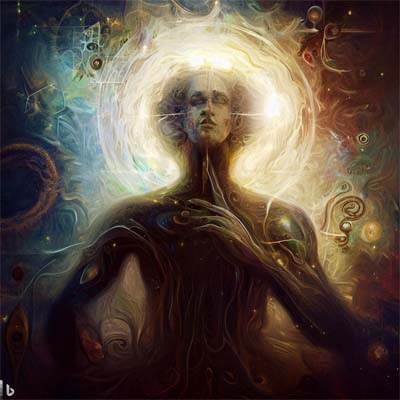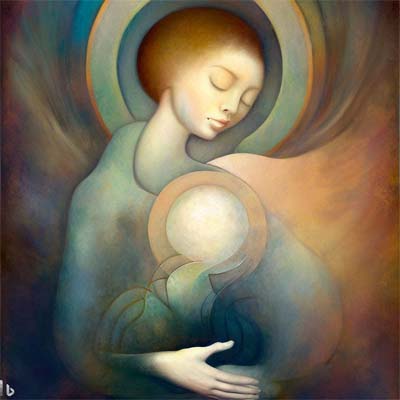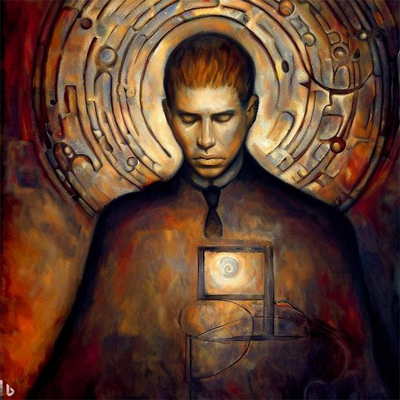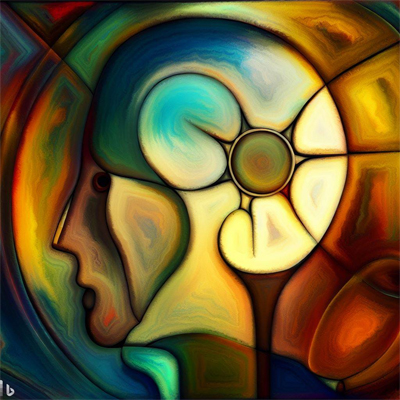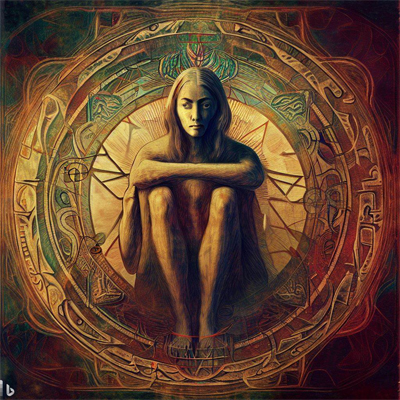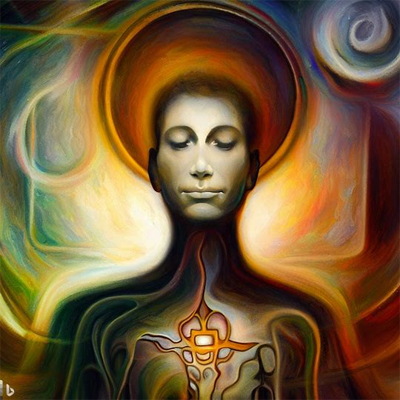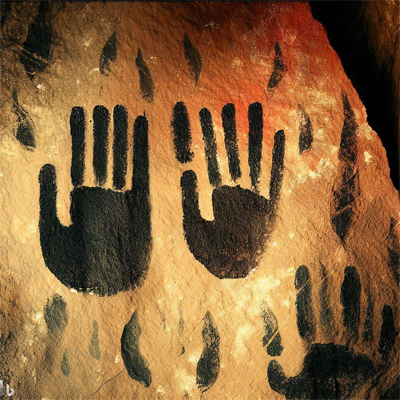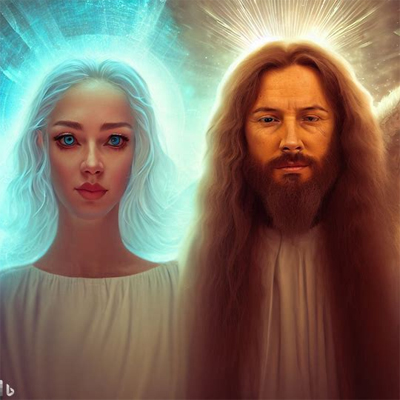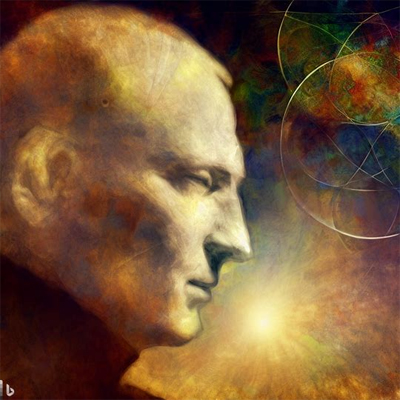Introduction:
In the vast tapestry of human consciousness, certain patterns emerge that transcend time, culture, and individual experiences. Among these patterns are archetypes, universal symbols and themes that reside within the collective unconscious, as theorized by Swiss psychiatrist Carl Jung. One such archetype is the Creator, a profound force of imagination, innovation, and transformation. This article explores the depths of the Creator archetype, delving into its meaning, characteristics, and its significance in personal growth and societal development.
Understanding the Creator Archetype:
The Creator archetype represents the innate human desire to bring something new into existence. It embodies the imaginative and innovative capacity within each individual, urging them to express their unique creative impulses. The Creator archetype is not limited to artistic endeavors but extends to various domains, including science, technology, business, and beyond. It encompasses the ability to envision, manifest, and bring forth something original and valuable.
Characteristics of the Creator Archetype:
Imagination and Vision: The Creator archetype is fueled by a rich imagination and a visionary perspective. It allows individuals to see beyond the present, envisioning new possibilities and alternative realities. The Creator possesses a remarkable ability to tap into their inner world, often drawing inspiration from dreams, intuition, and symbolism.
Innovation and Expression:
Creativity is at the core of the Creator archetype. It compels individuals to explore uncharted territories, challenge conventional thinking, and embrace novel ideas. Whether through artistic expression, scientific discoveries, or groundbreaking inventions, the Creator archetype thrives on pushing boundaries and reshaping existing paradigms.
Passion and Dedication:
The Creator archetype is characterized by an intense passion and dedication to their creative pursuits. It is a driving force that fuels their relentless commitment to their craft. The Creator is willing to invest time, energy, and effort, often overcoming obstacles and setbacks on the path to manifestation.
Transformation and Growth:
The Creator archetype embodies the transformative power of creation. It encourages individuals to embrace personal growth, pushing them to explore and develop their full creative potential. Engaging with the Creator archetype often leads to profound self-discovery, fostering a sense of purpose and fulfillment.
Manifestations of the Creator Archetype:
The Creator archetype can manifest in diverse ways, reflecting the unique talents and inclinations of individuals. Some common expressions include:
Artistic Creators:
These individuals channel their creativity through various art forms such as painting, sculpting, writing, music, dance, or theater. They use their craft to evoke emotions, challenge perspectives, and illuminate truths about the human experience.
Scientific and Inventive Creators:
These individuals harness their creative energy in the realm of scientific exploration, technological innovation, and invention. They strive to unlock the mysteries of the universe, develop groundbreaking solutions, and improve the lives of others through their discoveries.
Entrepreneurial Creators:
These individuals leverage their imaginative prowess to establish businesses, design innovative products, and pioneer new markets. They blend their vision with strategic thinking, taking calculated risks to bring their ideas to fruition and drive economic growth.
The Creator Archetype in Personal Growth:
Engaging with the Creator archetype can have profound effects on personal growth and self-actualization. By embracing their creative potential, individuals tap into a wellspring of inner wisdom, authenticity, and fulfillment. The process of creation fosters self-expression, self-discovery, and a deeper connection with one’s truest self. It encourages individuals to overcome fears, embrace vulnerability, and explore uncharted territories, leading to increased confidence and a greater sense of purpose.
The Creator Archetype in Society:
At a societal level, the Creator archetype plays a vital role in shaping culture, progress, and innovation. Throughout history, visionary creators have driven societal transformation, propelling humanity forward in various fields. The contributions of artistic creators, such as Leonardo da Vinci, Mozart, or Shakespeare, have left an indelible mark on the cultural landscape, inspiring generations and challenging societal norms.
Scientific and inventive creators, such as Marie Curie, Thomas Edison, or Nikola Tesla, have revolutionized our understanding of the world, pushing the boundaries of human knowledge and reshaping industries. Their discoveries and inventions have transformed healthcare, communication, transportation, and countless other facets of modern life.
Entrepreneurial creators, like Steve Jobs, Elon Musk, or Oprah Winfrey, have disrupted existing industries, pioneered new markets, and fueled economic growth. Their visionary ideas and relentless pursuit of innovation have revolutionized technology, entertainment, and business, influencing the lives of millions.
The Creator archetype, when embraced collectively, has the power to ignite social change and bring about paradigm shifts. By fostering an environment that encourages creative thinking, imagination, and innovation, societies can flourish and evolve. Cultivating the Creator archetype in education, workplaces, and communities nurtures a culture of curiosity, exploration, and experimentation, leading to groundbreaking advancements and a more vibrant and inclusive society.
Embracing the Creator Archetype:
To harness the power of the Creator archetype, individuals can undertake various practices and approaches:
Cultivate Curiosity:
Curiosity is the fuel that drives the creative mind. Embrace a sense of wonder and a thirst for knowledge. Ask questions, explore different perspectives, and challenge assumptions. Engage in lifelong learning to expand your horizons and continuously fuel your imagination.
Nurture Imagination:
Set aside time for daydreaming, introspection, and imaginative play. Engage in activities that inspire your creativity, such as reading, listening to music, watching films, or spending time in nature. Allow your mind to wander freely, unburdened by constraints, and let your imagination soar.
Embrace Failure and Resilience:
Creativity is a process that involves experimentation and taking risks. Understand that failure is a natural part of the creative journey. Embrace setbacks as learning opportunities and cultivate resilience. Use failures as stepping stones towards growth and innovation.
Create a Supportive Environment:
Surround yourself with individuals who nurture and encourage your creative aspirations. Seek out communities, mentors, or like-minded individuals who can provide support, feedback, and collaboration. Share your ideas and creations, inviting constructive criticism and diverse perspectives.
Practice Mindfulness and Self-Reflection:
Cultivate self-awareness by practicing mindfulness and self-reflection. Pay attention to your thoughts, emotions, and inner desires. Identify any self-limiting beliefs or fears that may hinder your creative expression. Develop habits that promote self-care, balance, and mental well-being.
Conclusion:
The Creator archetype represents the boundless potential within each individual to imagine, innovate, and bring forth something new and meaningful. By embracing this archetype, we tap into the transformative power of creation, both in our personal lives and in society at large. Whether through artistic expression, scientific breakthroughs, or entrepreneurial endeavors, the Creator archetype unleashes our innate capacity to shape the world around us, inspiring others and leaving a lasting legacy of imagination, innovation, and human progress. Embrace the Creator archetype within yourself and become a catalyst for positive change in the world.
